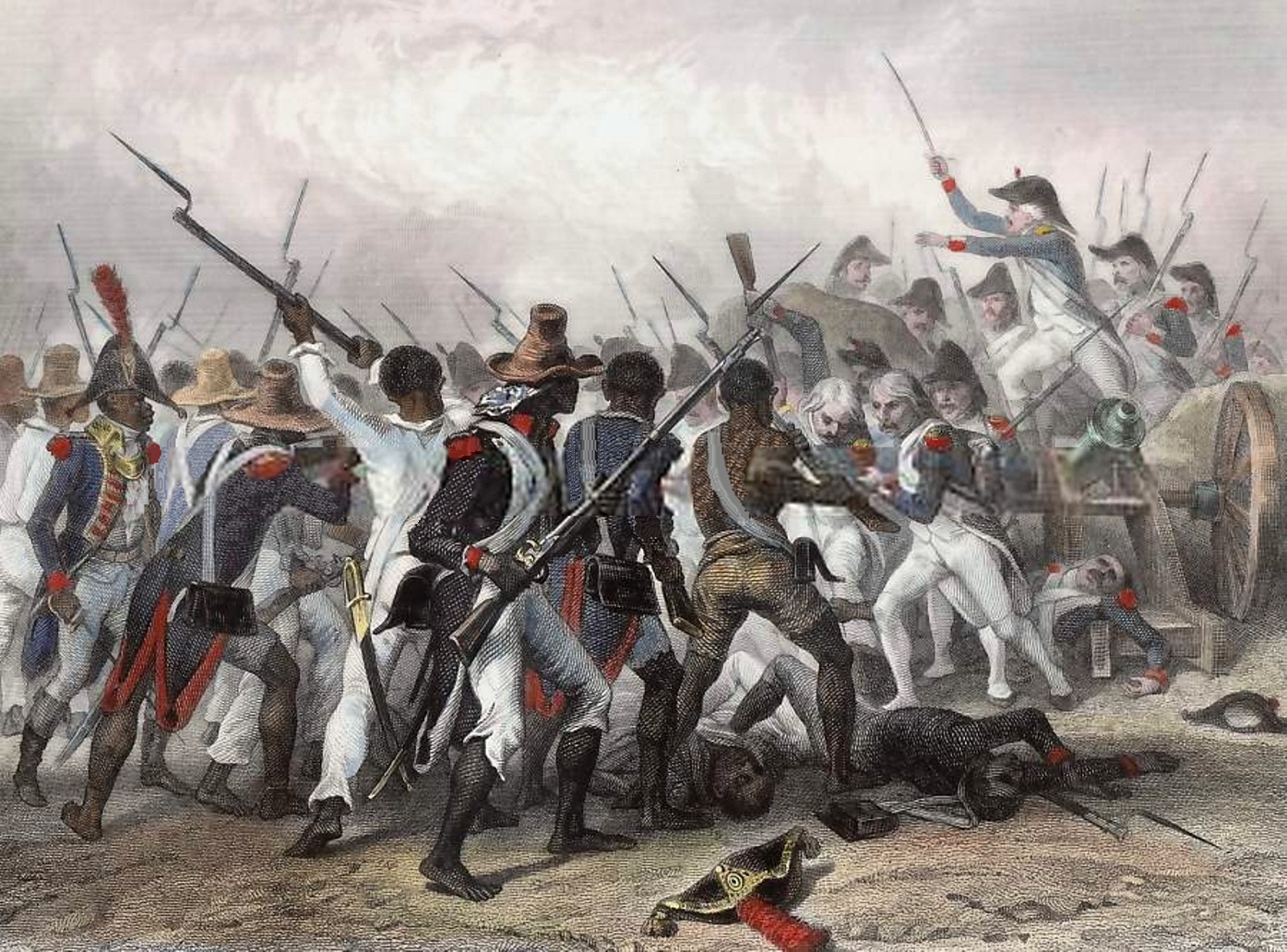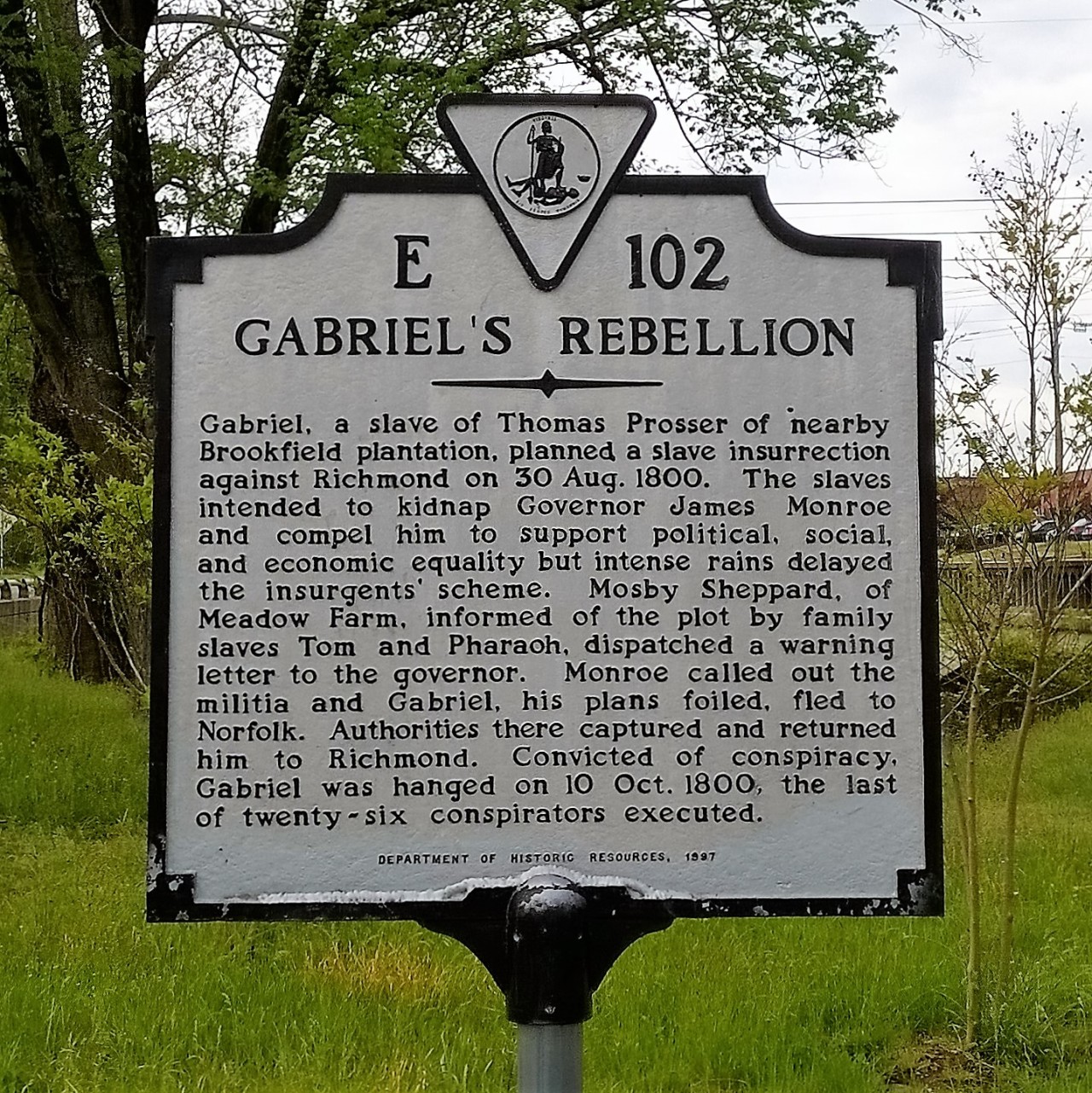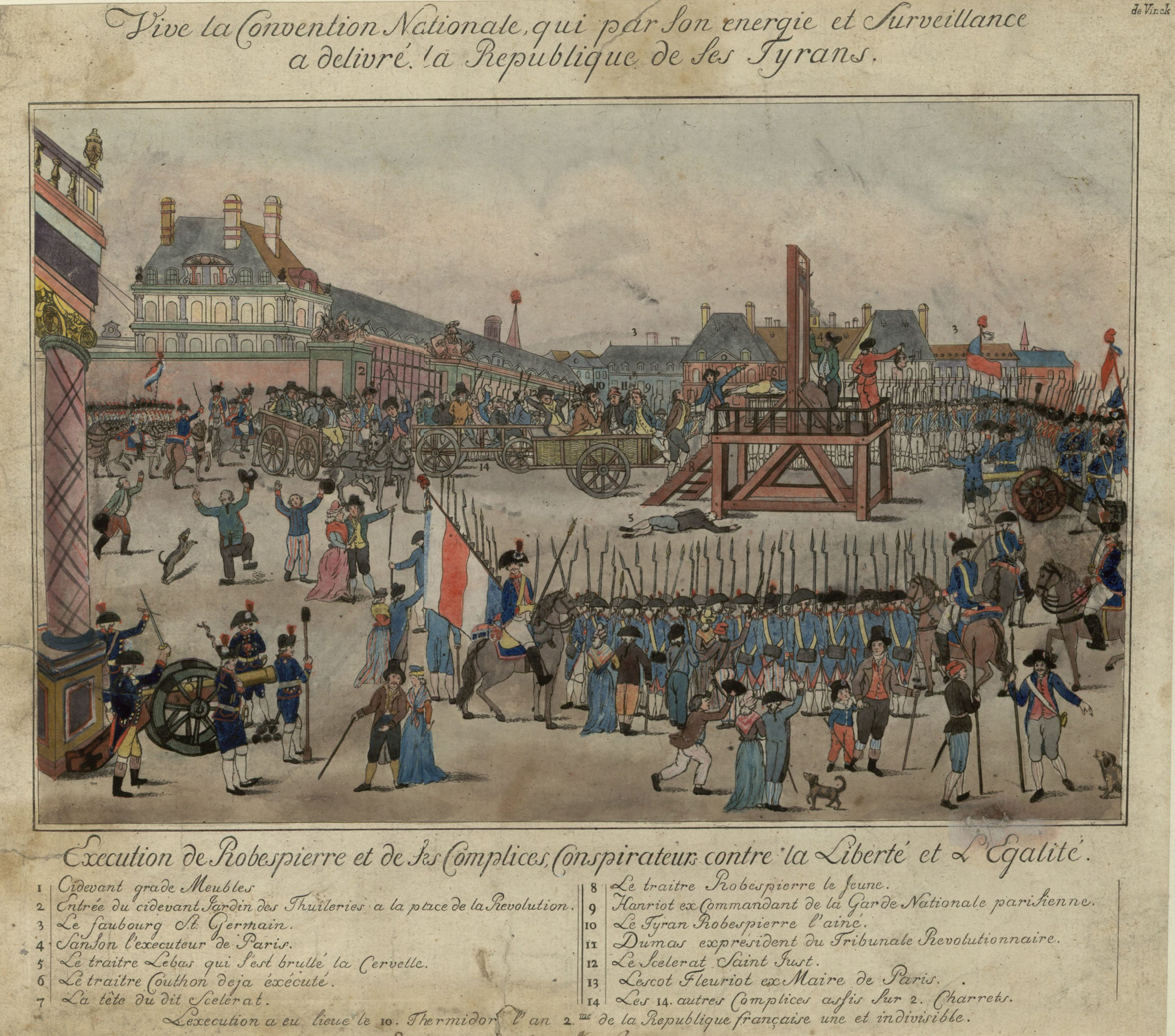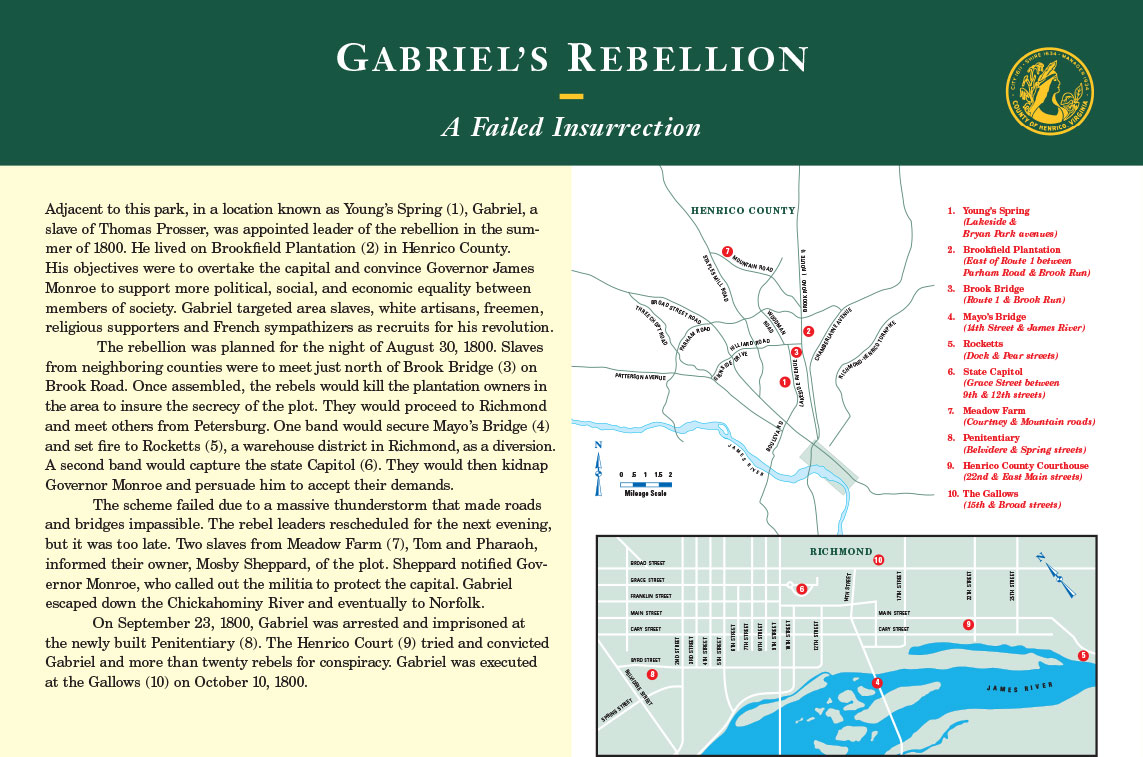
Have you ever paused to reflect on the narratives that have significantly influenced the course of our nation’s history? One particularly compelling story is that of **Gabriel Prosser**, an enslaved man who possessed the audacity to envision a life filled with freedom and equality. In the year 1800, Gabriel orchestrated a rebellion that transcended his personal quest for liberation; it marked a crucial turning point in the broader struggle against slavery in the United States. This uprising not only highlighted the desperate yearning for freedom among enslaved individuals but also served as a catalyst for future movements advocating for civil rights. As we explore the life of Gabriel Prosser, we uncover the profound implications of his actions and the enduring legacy they left behind in the fight for justice and equality. His story is a testament to the resilience of the human spirit and the relentless pursuit of freedom, echoing through the annals of American history.
The Early Life of Gabriel Prosser

Born into Bondage
Gabriel was born around 1775 in the vicinity of Richmond, Virginia, into a world that was already defined by oppression and hardship. As the son of an African-born mother, he was thrust into a life of servitude on the plantation owned by Thomas H. Prosser. From the very beginning, Gabriel’s existence was marked by the harsh realities of slavery, where every aspect of his life was controlled and dictated by others. Imagine being brought into a world where your future is not your own, where your aspirations and dreams are suffocated by the heavy chains of bondage. This was the grim reality that Gabriel faced daily, a life where hope seemed distant and freedom felt like an unattainable dream.
Religious Influences
Despite the oppressive circumstances surrounding him, Gabriel found solace and strength in his Christian faith. His beliefs became a guiding light, offering him a profound sense of purpose and a vision of freedom that reached far beyond the confines of his current situation. The teachings of Christianity and the stories from the Bible resonated deeply with him, igniting a fervent desire for liberation and justice. He often reflected on the narratives of deliverance and hope found in scripture, which fueled his aspirations for a life unshackled from the bonds of slavery. Gabriel’s faith not only provided him with comfort but also inspired him to dream of a future where he and others like him could experience true freedom and dignity.
The Seeds of Rebellion

Planning the Insurrection
During the vibrant months of spring and summer in the year 1800, Gabriel, a determined and visionary leader, began to meticulously craft a plan for a monumental slave uprising. He envisioned a coordinated three-pronged attack on the city of Richmond, which he believed would be pivotal in achieving freedom for his people. His strategy involved seizing control of the arsenal, capturing the powder house, and systematically eliminating all white individuals, with the exception of those he deemed sympathetic, namely Frenchmen, Methodists, and Quakers. This uprising was not merely a rebellion; it represented a courageous and audacious declaration of independence, a bold statement against the oppressive system that had long subjugated them.
Gathering Support
Gabriel’s natural charisma and exceptional leadership abilities played a crucial role in rallying support for his cause. Through his passionate speeches and unwavering commitment to the fight for freedom, he managed to inspire a significant following. Estimates indicate that he had the potential to command an army ranging from 1,000 to as many as 50,000 enslaved individuals, all ready to join him in this perilous endeavor. Just imagine the immense courage and determination it took for Gabriel to unite so many people under such perilous and oppressive circumstances, each one risking their life for the hope of liberation and a brighter future.
The Night of the Rebellion
:max_bytes(150000):strip_icc()/american-slave-market--1852--by-taylor--slavery--united-states--19th-century--153417037-5b63c0b446e0fb0025b2274e.jpg)
A Stormy Setback
On the fateful night that had been meticulously planned for the rebellion, an unexpected and violent rainstorm descended upon the region with a ferocity that no one could have anticipated. The torrential downpour wreaked havoc, washing out vital bridges and flooding essential roads, effectively isolating the rebels and rendering their plans unfeasible. This natural disaster felt like a cruel twist of fate, a devastating blow that thwarted Gabriel’s aspirations for freedom and justice. It’s almost poetic in its irony, isn’t it? A storm that could have served as a powerful metaphor for the uprising instead transformed into a literal barrier, preventing the very liberation they sought.
Government Response
As chaos unfolded, Governor James Monroe received intelligence about the brewing plot and wasted no time in taking action. Understanding the gravity of the situation, he swiftly mobilized the state militia to intervene and suppress the rebellion before it could even gain momentum. The swift and decisive response of the government led to the rebellion being crushed almost instantaneously, resulting in the arrest of Gabriel along with approximately 34 of his companions. Their dreams of change were extinguished before they could even ignite, leaving behind a sense of despair and frustration among those who had dared to hope for a better future.
The Aftermath of the Rebellion

Trials and Executions
Gabriel and his fellow rebels faced a swift trial. The outcome was grim; they were found guilty and hanged. This brutal punishment sent shockwaves through the slave community and heightened the fears of white Southerners. The rebellion, although unsuccessful, ignited a flame of resistance that would not be easily extinguished.
Impact on Slave Society
The failed rebellion led to increased restrictions on enslaved people. Laws were tightened, and the fear of insurrection loomed large over the South. Gabriel’s actions, however, inspired future generations to continue the fight for freedom.
Legacy of Gabriel Prosser

A Symbol of Resistance
Gabriel Prosser became a symbol of resistance against oppression. His story is a reminder that the quest for freedom is often fraught with challenges, but it is also a testament to the indomitable human spirit. His legacy lives on in the hearts of those who continue to fight for justice and equality.
Gabriel in Popular Culture
Over the years, Gabriel’s story has been retold in various forms of media, from books to documentaries. His life serves as a powerful narrative that highlights the struggles of enslaved individuals and the fight for civil rights.
Table: Key Events in Gabriel’s Rebellion

| Date | Event |
|---|---|
| 1775 | Gabriel Prosser is born near Richmond, Virginia. |
| Spring 1800 | Gabriel begins planning the rebellion. |
| August 30, 1800 | The planned rebellion is thwarted by a storm. |
| September 1800 | Gabriel and his companions are arrested and tried. |
| October 1800 | Gabriel is hanged, marking the end of the rebellion. |

Gabriel Prosser’s story is not just a chapter in American history; it is a powerful reminder of the struggle for freedom and justice. His rebellion, though unsuccessful, sparked a fire that would inspire countless others to fight against the chains of oppression. As we reflect on Gabriel’s legacy, let us remember that the quest for equality is ongoing, and it is our responsibility to carry the torch forward.
So, what can we learn from Gabriel’s life? Perhaps it’s that even in the face of overwhelming odds, the desire for freedom can never be extinguished. Let’s honor his memory by continuing to advocate for justice and equality for all.

